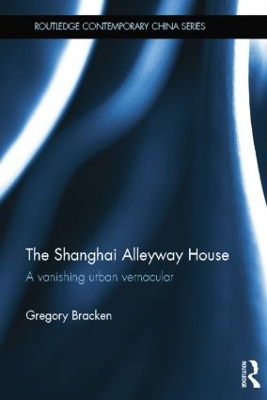As a nineteenth-century commercial development, the alleyway house was a hybrid of the traditional Chinese courtyard house and the Western terraced one. Unique to Shanghai, the alleyway house was a space where the blurring of the boundaries of public and private life created a vibrant social community. In recent years however, the city's rapid redevelopment has meant that the alleyway house is being destroyed, and this book seeks to understand it in terms of the lifestyle it engendered for those who called it home, whilst also looking to the future of the alleyway house.
Based on groundwork research, this book examines the Shanghai alleyway house in light of the complex history of the city, especially during the colonial era. It also explores the history of urban form (and governance) in China in order to question how the Eastern and Western traditions combined in Shanghai to produce a unique and dynamic housing typology. Construction techniques and different alleyway house sub-genres are also examined, as is the way of life they engendered, including some of the side-effects of alleyway house life, such as the literature it inspired, both foreign and local, as well as the portrayal of life in the laneways as seen in films set in the city. The book ends by posing the question: what next for the alleyway house? Does it even have a future, and if so, what lies ahead for this rapidly vanishing typology?
This interdisciplinary book will be welcomed by students and scholars of Chinese studies, architecture and urban development, as well as history and literature.
- ISBN10 1138833177
- ISBN13 9781138833173
- Publish Date 12 September 2014 (first published 1 January 2013)
- Publish Status Active
- Publish Country GB
- Publisher Taylor & Francis Ltd
- Imprint Routledge
- Format Paperback
- Pages 200
- Language English
